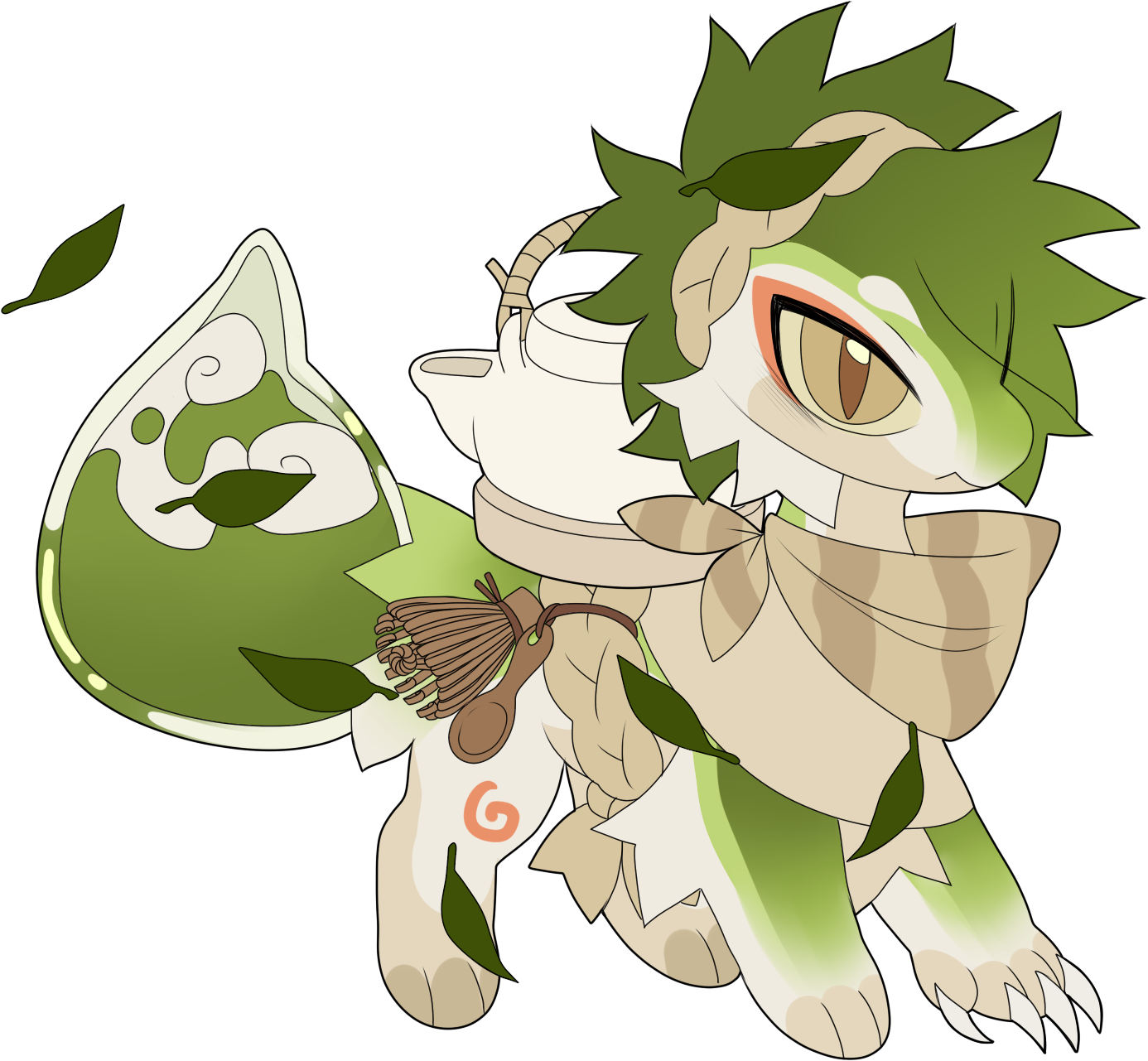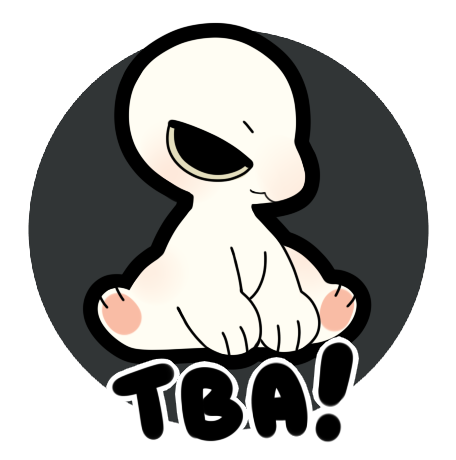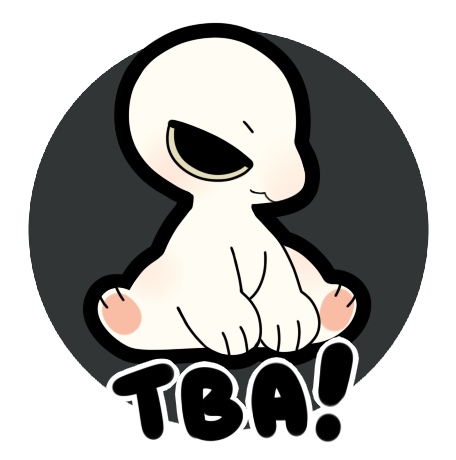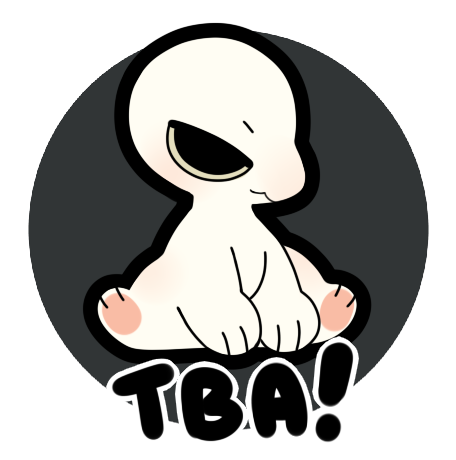wip
Lore
The first recorded instance of human contact with Chowlings was recorded at a restaurant deep in the woods, far from civilization. Despite its apparent age, there are no reliable records of the restaurant having existed prior to this event. It was as though the building had simply materialized out of thin air. A group of hungry travelers was lured to the paper lanterns which decorated its exterior.
Once they had stumbled inside, they were greeted by some very peculiar staff. Four-legged creatures led them to their tables and prepared meals for them until they had eaten their fill. These travelers, astounded by what they had experienced, came back the next day with others from their village.
They, too, were captured by the culinary skill of these strange creatures and in time the restaurant would become quite popular. Patrons of this restaurant took to calling the creatures Chowlings, after their ability to create such delicious meals.
The relationship between the villagers and the Chowlings would continue for some time, until one morning when the village woke to find that their beloved restaurant had vanished. All signs of the building had disappeared as though it had never existed at all.
After this initial incident, sightings of Chowlings became more and more common. Chowlings appeared in all sorts of places doing all manner of things, though they were most often seen during festivals and times of merriment.
Despite being spirits, Chowlings have adapted extremely well to human society. The extent to which a Chowling will interact with the modern world varies by individual, but for the most part, Chowlings live their lives similarly to the average human. Some Chowlings enjoy the human aspects of their lives so much that they choose to live entirely in their humanoid form.
The lives of Chowlings and humans have blended through years of cohabitation, to the point that it is not at all surprising to see Chowlings in day-to-day life.
Due to their general predisposition as spirits of festivity, they are often stereotyped as primarily occupying creative jobs and spaces, but Chowlings exist everywhere. It’s just as common to find a Chowling artist as it is to find a Chowling office worker.
Upon their birth, most Chowlings are gifted with an object called a Birth Tag. Birth Tags are what bestow a Chowling with their theme, along with their coloration and patterns. These unique traits gradually develop over time as the Chowling grows and develops, but they are always tied to the theme written on their Birth Tag.
A Chowling must be given a Birth Tag with a theme suitable for their lineage or the process will fail, resulting in a Chowling lacking the unique traits that a Birth Tag would normally give them. Some say that this rule was put in place by ancient Dragon Chowling nobles as a way to ensure the integrity of their bloodline, though this has never been proven.
Birth tags were not always around to bestow a Chowling with their unique traits, and before their creation, most Chowlings relied on costumes to express themselves.
The story of their creation is well-known within Chowling culture.
Before there were Birth Tags, there existed a wandering Chowling craftsman. The Chowling would travel from place to place making a variety of hand-carved goods. They were so skilled at their craft that the mighty spirits of the sun and moon took notice, bestowing upon them the ability to read and write in the language of the spirits. Knowing that they had been given this gift for a purpose, they began experimenting with the use of this spirit language in their craftsmanship. Through this process, they created the first Spirit Signatures.
When the craftsman placed one of their Spirit Signatures on a small plaque of wood, they created the first Birth Tag. Seeing the joy and color that their tags brought to their people, they decided to devote their life to the art of creating these tags.
The craftsman’s family came to be known as the Root Family and with every new generation, a child is always born with their founder’s ability to understand the language of the spirits. The Root Family are still responsible for the creation of Birth Tags, as they are the only ones capable of creating Spirit Signatures.
Throughout the ages, they have incorporated more than just blocks of wood into their craft. Currently, official Root Family Birth Tags can be made of any wood-based material. Examples of common Birth Tag material include leaf litter, tree bark, roots, and branches.
Some Chowlings have descended from a special family lineage which grants them unique morphology and skill. These adaptations vary wildly between bloodlines and are often specialized for specific environments or tasks.
Monster Chowlings are the largest of the Chowling lineages. They have adapted sturdy bodies, suitable for the roughest of tasks. Their lineage makes living in dangerous or isolated places, such as deep forests or ancient temples, much safer as their bodies are more suited to living in harsher environments. Monster Chowlings also have the unique ability to change their shape into berserker forms. In this state, they are far more powerful and are able to accomplish tasks that would normally be beyond their capabilities.
The Fighter Chowling lineage came from Chowlings who acted as knights, guardian spirits, or warriors for hire. Some of the earliest Fighter Chowlings acted as bodyguards for Dragon Chowling rulers, which was considered a great honor at the time. Later generations of Fighters were able to find work as guardians for villages, protecting them from rampaging beasts. Modern Fighters typically continue the proud traditions of their warrior ancestors, but it is not unheard of for a Fighter Chowling to disregard their ancestry and choose a peaceful life instead.
Dragon Chowlings are the most ancient of all Chowling lineages. They have long, flight-capable, bodies and a mane running from head to tail across their back. In ages past, they ruled over other Chowlings as revered nobility. Throughout years of rule, however, the disposition of these dragon rulers became arrogant and power-hungry. In the current day, the Dragon lineage doesn’t hold the absolute power they once possessed. Most descendants of the ancient dragon nobility are content to live in harmony with Chowlings outside their lineage.
Chowlings have a long cultural history of wearing costumes. This practice was founded in a time before Chowlings had birth tags to give them differentiated coloration or patterning, and their pelts were only one solid color. Many Chowlings felt saddened at how their physical bodies failed to convey the brightness of their spirits.
To remedy this, Chowlings began to fashion clothing that reflected themselves and their unique spirit as individuals. The extent of this adornment varies greatly between Chowlings, some Chowlings make intricate full-body costumes, other Chowlings only decorate themselves with a few accessories.
With the creation of birth tags giving Chowlings more diverse appearances, some modern Chowlings choose to go without costumes altogether. The tradition of costume making is still present in Chowling society, however, and many modern Chowlings still use costumes as a way to accentuate their patterns.
Though in their natural form Chowlings possess an animalistic appearance, their nature as spirits allows them to change their shape. All Chowlings possess the ability to take on a humanoid form and they are capable of appearing fully human if they so choose.
Some older and more experienced Chowlings have the ability to change into animals, though they are typically only able to shapeshift into one specific species of animal.
Biology
Chowlings are quadrupedal mammalian marsupials. Average members of the species are around the size of a medium dog while in their animalistic form. Though they are spirits, Chowlings are more physical in nature than they are magical.
Chowlings have heads that are larger in proportion to the rest of their bodies and their eyes are sized to match. The eyes of a Chowling take up substantial space in the skull, and they provide keen vision. Chowlings possess a relatively strong jaw and an omnivorous set of teeth. Their tongues are usually either forked or round.
A Chowling’s snout shape is highly variable based upon their background, but they possess no visible nostrils at the end of their muzzle. They smell through tiny pores on the tip of their snout. The Chowling respiratory system functions through three gills located on the Chowling’s neck. These gills typically remain hidden underneath a Chowling’s fur, unless they are sick. Chowling fur is relatively short in length but is notably longer on the cheeks, elbows, and rear. Chowlings do not possess paw pads, instead, their inner foot is padded with thickened skin similar to what is seen in primates.
The finer details of Chowling morphology are dependent on which lineage a Chowling belongs to.
Chowlings who possess no lineage have bodies that are not specialized in any specific way. These Chowlings are built to be generalists. Healthy Chows typically have a visible layer of fat on their bodies, giving them a slightly chubby appearance on average. They possess fully retractable claws.




